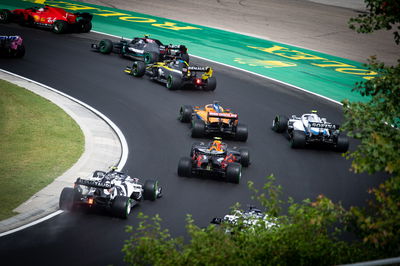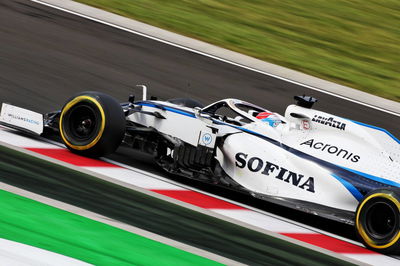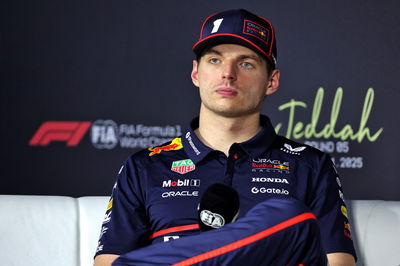The biggest takeaways from the 2020 F1 season so far
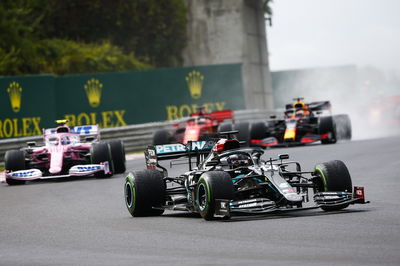
Three rounds into the new Formula 1 season and there is already a huge amount to glean from the opening salvo of races.
Following a prolonged wait for the action to begin due to the COVID-19 pandemic, the F1 season has sparked back into life with three fascinating races that have already shown a glimpse of what to expect this year.
The Austria-Austria-Hungary triple-header was the first of a congested fixture list of races in what is already proving to be an unprecedented F1 season, with the final calendar still in the process of being firmed up.
Here are the biggest learnings we have taken from the Austrian, Styrian and Hungarian Grands Prix…
Mercedes remain the dominant force
Many expected Mercedes to once again be the team to beat in 2020, but not by such an overwhelming margin.
Across three races staged at two very different types of circuit, Mercedes eased to a trio of pole positions which it converted into three victories in varying conditions.
Mercedes appears to have taken an even bigger step forward with its latest challenger, the W11, which reigning world champion Lewis Hamilton has described as the best car the team has ever produced - quite a statement for a team that has already dominated the past six seasons.
Valtteri Bottas and Hamilton shared comfortable wins across the opening two races in Austria, before Hamilton crushed the opposition in Hungary at a track that had been expected to somewhat close the field together. That couldn’t have been further from reality as Hamilton lapped all bar the top five finishers (including his teammate) en route to a commanding win.
The all-black W11 has been simply untouchable. No other car has qualified within 0.5secs of the Mercedes and its advantage at the last race was nearly a full second.
As a result, Mercedes already holds a strong advantage in both championships, and with a run of races coming up at Silverstone and Barcelona that are again expected to play to the strengths of its 2020 package, the German manufacturer looks well on course to claim a record seventh consecutive world championship double.
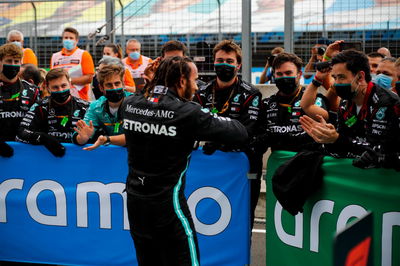
Red Bull are not as close as they hoped
2020 had been tipped as the year that Red Bull would take the fight to Mercedes and potentially be the first squad to successfully dethrone the all-conquering team in the V6 hybrid era, but it has so far fallen well short.
While Red Bull has emerged as Mercedes’ greatest rivals this year, the Milton Keynes outfit has been comprehensively out-performed during the opening three rounds.
It was thought that Red Bull would be able to challenge Mercedes at the Hungaroring, but if anything, the Hungarian Grand Prix only acted as further validation that the team still has a long way to go before it can think about taking titles away from Mercedes.
Despite a string of impressive displays to claim back-to-back podiums at the second race in Austria and Hungary, Max Verstappen sits 30 points adrift of championship leader Hamilton, and his efforts have been hampered by his RB16 that team boss Christian Horner has admitted is “misbehaving” aerodynamically.
If Red Bull can get to the bottom of the issue that is holding both drivers back and address it, then maybe it stands a chance. However, by that point the scale of the task might well be insurmountable.
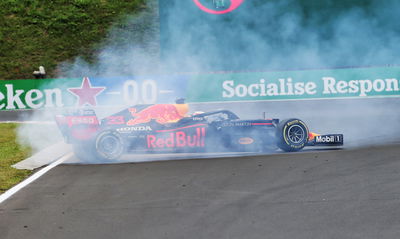
Ferrari are even more worse off than they feared
Ferrari chief Mattia Binotto had already started downplaying his side’s chances immediately after pre-season testing concluded in Barcelona, but the alarming reality of Ferrari’s performance slump has been far bleaker than the team would have initially feared.
The Scuderia is well and truly out of the picture, not only for titles, but for race victories as well, if the first three races of 2020 are anything to go by.
Instead of fighting at the front-end of the grid, aside from a relatively fortuitous P2 during a crazy opener in Austria, Ferrari has found itself slipping into the midfield pack and struggling to make it into Q3. It has only got both its cars into the final part of qualifying once this season, at the most recent round in Hungary.
Race-pace has been a little better but ultimately Ferrari has been forced to admit that its SF1000 design is flawed after taking the wrong aerodynamic approach.
The direction over the winter has proved costly and appears to have resulted in Ferrari producing a car that is around a second slower than last year, though a fair chunk of that deficit looks to have come from Ferrari being affected by technical directives relating to the power unit - which is highlighted by the fact the team is no longer the benchmark for engine performance.
Ferrari has responded by restructuring its technical department in a bid to fix the problems, but with major development limited for next year, the Maranello squad is facing a huge mountain to climb and could be stuck in its current rot for a while more to come.
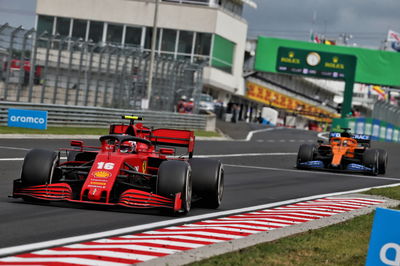
Racing Point are genuine podium contenders
Behind Mercedes, Racing Point is the other team which has caused the biggest stir this season following an impressive start to the campaign.
The Silverstone-based outfit had already turned heads when it debuted its controversial RP20 design in the Barcelona paddock at pre-season testing, and that interest has only continued thanks to the strong form shown by the team in the opening three rounds.
Encouraging early pace demonstrated in pre-season had resulted in talk that Racing Point could even mount a challenge to Ferrari this year, and that has proven to be the case and more.
Throughout the Hungarian Grand Prix weekend, Racing Point boasted the second-fastest car and would have been slightly disappointed to have missed out on a podium, despite Lance Stroll’s brilliant drive to fourth.
On current performance, Racing Point looks like a genuine contender for regular podiums with its 2020 contender that has been dubbed as the ‘pink Mercedes’ by its rivals. Renault has subsequently lodged two protests against both its cars in Austria and Hungary and more are likely to follow amid an FIA investigation to determine whether its car conforms to the regulations as the team has repeatedly insisted.
McLaren has also enjoyed a strong start to the season and is right up there with Racing Point thanks to some heroic efforts by the ever-improving Lando Norris, while Renault has shown glimpses of electric pace, particularly over one lap in qualifying, but has been dogged by reliability.
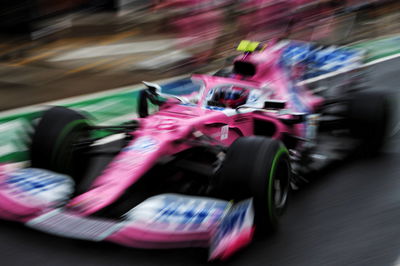
Williams has joined the midfield fight
Considering the dire nature of its 2019 campaign (the worst in the team’s history), Williams’ progress this year has been transformational.
While it is yet to score a point, Williams has definitely bridged the gap to the midfield and hauled itself back into contention for the top-10, having been anchored to the back of the grid last season.
Deputy team principal Claire Williams has spoken of her relief and excitement about Williams turning a corner this year, and the results back up her comments, especially in qualifying.
After claiming Williams’ first Q2 appearance in nearly two years at the Styrian Grand Prix, Hungary marked another milestone for the Grove outfit as George Russell and Nicholas Latifi secured its first double Q2 appearances since the 2018 Italian Grand Prix, with Russell going on to seal a sensational P12 on the grid.
The excellent Russell has been one of the stars of 2020 and acts as yet another huge shining light in Williams’ continued recovery effort.
While its FW43 looks to be a significant improvement compared to its predecessor, Williams still has problems to address. A mysterious lack of race pace has hampered the team and resulted in its drivers falling away on Sundays. Nevertheless, Williams’ year-on-year turnaround is commendable.
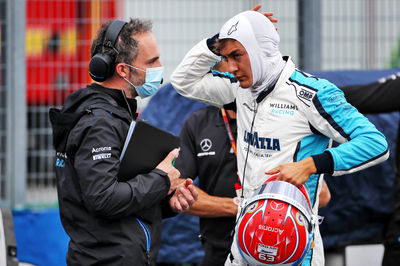
F1 shows it can react and adapt
At the height of the coronavirus outbreak, and following the rather shambolic handling of the Australian Grand Prix which was abandoned at the 11th hour, there were some doubts as to whether the 2020 F1 season would be able to take place at all.
But thanks to some rigorous planning and organisation as part of a monumental effort, F1 has been able to get the campaign off the ground in a safe manner within a ‘biosphere’ environment made possible by the enforcement of stringent hygiene protocols to prevent the spread of COVID-19.
Some swift and flexible decision-making has enabled a 13-race calendar to be formed, which features some exciting new venues including Portimao and Mugello, while more events are expected to follow with championship bosses determined to hit its target of a 15-18 round season.
As well as successfully re-working the calendar, F1 and its 10 teams have also agreed upon a major cost-saving package - including a lowered budget cap, postponement of regulation change and a freeze on development - in order to safeguard teams and the future of the sport.
